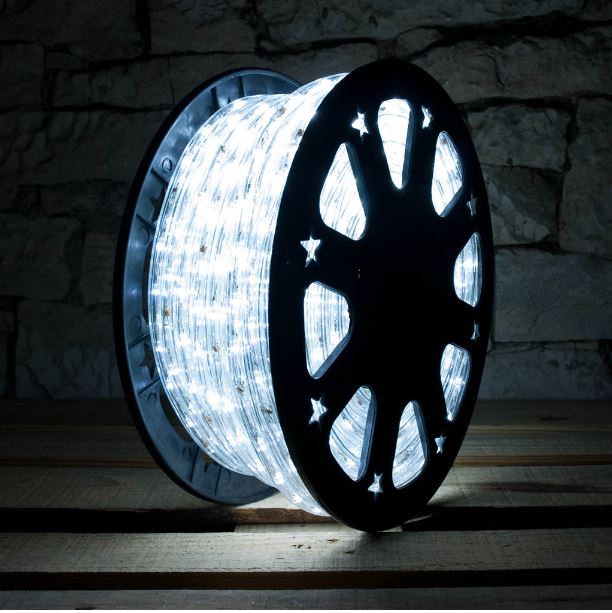
Vianočné osvetlenie vonkajšie, svetelné LED kvaple 210 ks/10 m s flash efektom a časovačom | Nastrojan.sk - najväčší obchod s cestovnými kufre

Vianočné osvetlenie | LED reťaz 50m 1000 LED na batérie / solárne / trafo 230V vonkajšie, teplá biela | Umelé kvety, stromy, palmy a umelé živé ploty| StudioGreen.sk

ProfiLED vonkajšie vianočné osvetlenie domu cencúle studená biela 6,6m 202led 2,5w BLZ660 od 25,8 € - Heureka.sk

LED Vianočné osvetlenie | LED svetelná trubica, ľadová biela, 50m, 1500 LED | Internetový obchod Densiflora


















